Introduction
Are you looking for a beautiful and easy-to-grow plant to add to your garden or landscape? Look no further than mandevilla! This stunning plant features large, showy flowers in shades of pink, red, white, and more, and it’s perfect for adding color and interest to any space. In this comprehensive guide, we’ll explore everything you need to know about growing and caring for mandevilla, from its physical characteristics to its ideal growing conditions. So let’s dive in and discover the beauty of mandevilla!
Firstly, we’ll take a closer look at what exactly mandevilla is and where it comes from. Then, we’ll explore the different varieties of mandevilla available and their unique characteristics. From there, we’ll move on to the nitty-gritty of how to grow mandevilla, including tips for planting and caring for this beautiful plant. We’ll also discuss common problems that may arise and how to solve them. Finally, we’ll explore the many uses of mandevilla in landscaping and gardening, with plenty of examples and pictures to inspire you. So whether you’re a seasoned gardener or just starting out, this guide has everything you need to know about the beauty of mandevilla.
Varieties of Mandevilla
There are several different varieties of mandevilla available, each with its own unique characteristics. Here are some of the most popular types:
Mandevilla splendens
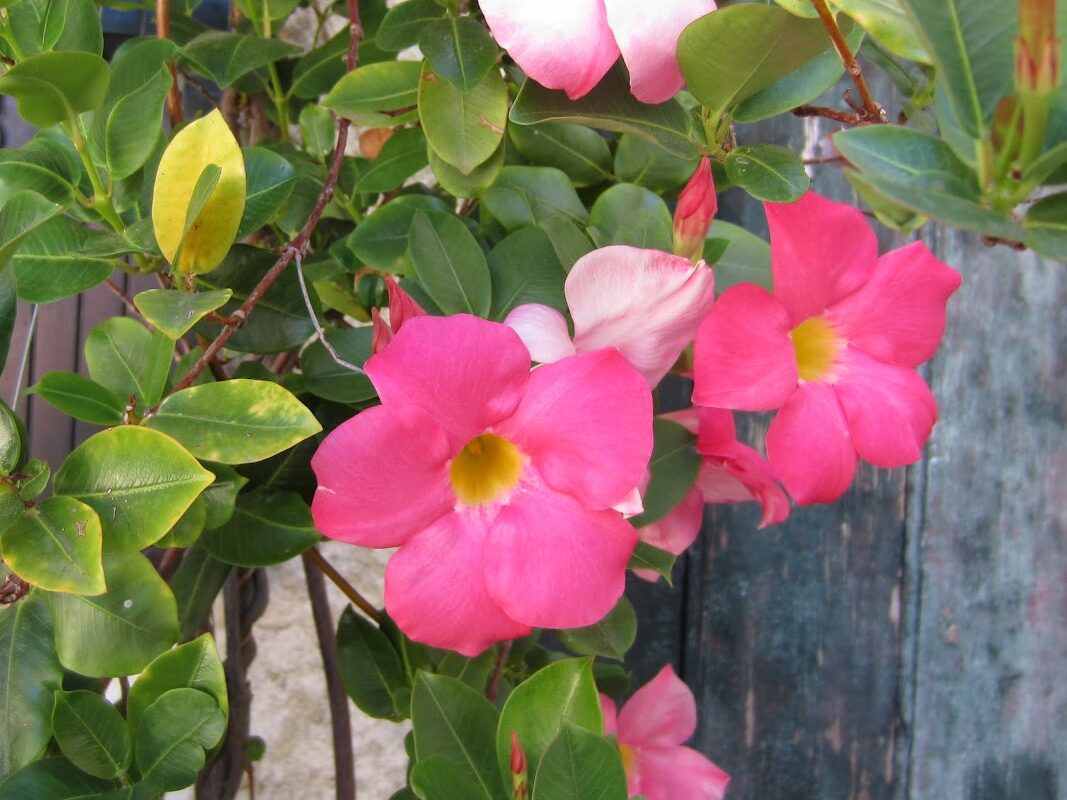
This variety of mandevilla features bright red flowers and is known for its hardiness and disease resistance. It can grow up to 10 feet tall and prefers full sun to partial shade.
Mandevilla sanderi

Also known as the pink mandevilla, this variety features pink flowers with a white throat. It can grow up to 15 feet tall and prefers full sun to partial shade.
Mandevilla laxa
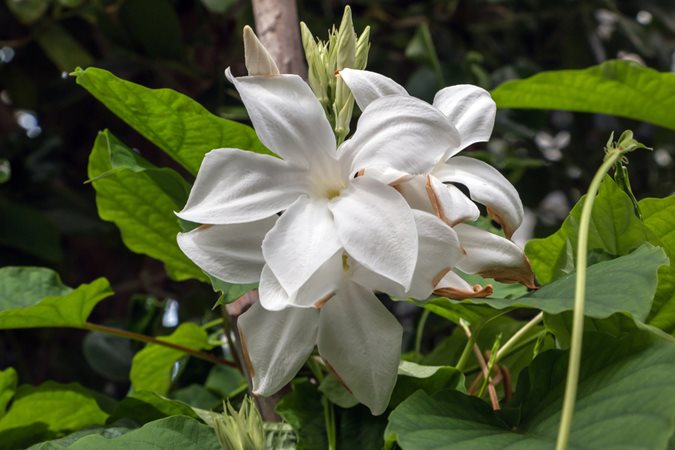
This variety is also known as the Chilean jasmine and features white, fragrant flowers. It can grow up to 30 feet tall and prefers full sun to partial shade.
Mandevilla boliviensis
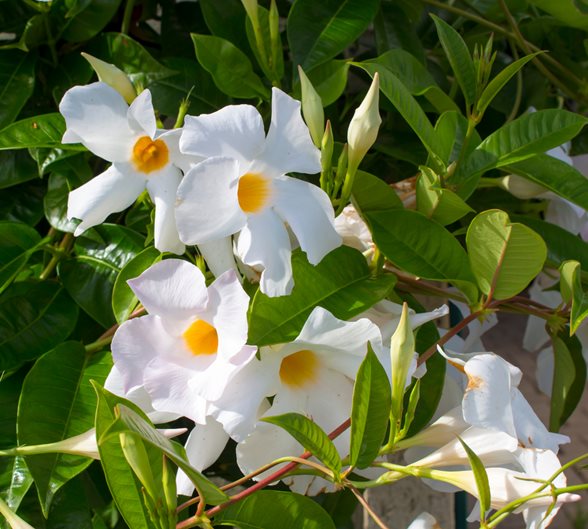
This variety features white or pale pink flowers and is known for its long blooming period. It can grow up to 10 feet tall and prefers partial shade to full sun.
Mandevilla amabilis

Also known as the giant white mandevilla, this variety features large white flowers and can grow up to 20 feet tall. It prefers full sun to partial shade.
No matter which variety of mandevilla you choose, you’re sure to be rewarded with stunning beauty and easy care. In the next section, we’ll explore how to grow and care for this plants in your own garden or landscape.
How to Grow Mandevilla
Growing this flowers is easy and rewarding, as long as you follow a few simple steps. Here’s what you need to know:
Planting
Mandevilla can be grown in containers or in the ground, depending on your preference. If you’re planting in the ground, choose a location with well-draining soil and full sun to partial shade. Dig a hole that’s twice as wide as the root ball and just as deep. Place the plant in the hole, backfill with soil, and water thoroughly.
If you’re planting in a container, choose a pot that’s at least 12 inches in diameter and has drainage holes. Fill the pot with a well-draining potting mix and place the plant in the center. Backfill with soil and water thoroughly.
Watering
Mandevilla prefers moist but well-draining soil. Water the plant deeply once a week, or more often during hot, dry weather. Avoid overwatering, as this can lead to root rot.
Fertilizing
Benefits from regular fertilization during the growing season. Use a balanced fertilizer with equal amounts of nitrogen, phosphorus, and potassium. Apply every two weeks during the growing season.
Pruning
Pruning this plants is important for maintaining its shape and promoting healthy growth. Prune in the early spring before new growth appears, removing any dead or damaged branches. Pinch back the tips of the remaining branches to encourage bushier growth.
Overwintering
This plants is not cold hardy and must be protected from frost and freezing temperatures. If you live in a cold climate, bring your plants indoors before the first frost and place it in a cool, bright location. Water sparingly during the winter months.
By following these simple steps, you can enjoy the beauty of mandevilla in your own garden or landscape. In the next section, we’ll explore common problems that may arise when growing this plants and how to solve them.
Common Problems and Solutions
While mandevilla is generally a hardy and disease-resistant plant, there are a few common problems that may arise. Here’s what to look out for and how to solve these issues:
Yellowing Leaves
If the leaves of your mandevilla are turning yellow, it may be a sign of overwatering or poor drainage. Make sure the soil is well-draining and cut back on watering if necessary. If the problem persists, check for pests or disease.
Pests
Mandevilla can be susceptible to pests like aphids, spider mites, and whiteflies. If you notice tiny insects on your plant, spray it with insecticidal soap or neem oil. Repeat as necessary until the pests are gone.
Disease
an be susceptible to fungal diseases like powdery mildew and black spot. To prevent these diseases, make sure the plant has good air circulation and avoid overhead watering. If you notice signs of disease, treat with a fungicide according to the manufacturer’s instructions.
Wilting
If your mandevilla is wilting, it may be a sign of underwatering or root rot. Check the soil moisture level and adjust your watering accordingly. If the soil is waterlogged, remove the plant from its container or dig it up from the ground and trim away any damaged roots. Repot in fresh soil or replant in well-draining soil.
By keeping an eye out for these common problems and taking action when necessary, you can keep your mandevilla healthy and thriving. With its stunning beauty and ease of care, mandevilla is a great choice for any garden or landscape.
Uses for Mandevilla
Mandevilla is a versatile plant that can be used in a variety of ways in your garden or landscape. Here are some of the most common uses for this flowers:
Trellis or Arbor
Mandevilla’s vining habit makes it a great choice for growing on a trellis or arbor. As the plant grows, train it to climb the structure for a stunning vertical display of colorful flowers.
Container Planting
Mandevilla is well-suited for container planting, making it a great choice for patios, decks, and balconies. Choose a large container with drainage holes and fill with a well-draining potting mix. Place the plant in the center and surround with other flowering annuals for a colorful display.
Hanging Baskets
Mandevilla’s trailing habit also makes it a great choice for hanging baskets. Choose a basket with a coco coir liner and fill with a well-draining potting mix. Plant in the center and surround with trailing annuals like petunias or lobelia.
Garden Bed
Can also be planted directly in the ground in a garden bed. Use it as a focal point or plant in groups for a stunning display of color. Mandevilla pairs well with other flowering annuals like zinnias, marigolds, and salvia.
Indoor Plant
This plants can also be grown as an indoor plant, as long as it receives bright, indirect light and is kept in a cool, humid location. Water sparingly during the winter months and fertilize regularly during the growing season.
With so many uses for this plants, it’s easy to see why this plant is so popular among gardeners and landscapers. Whether you’re looking for a vertical display of colorful flowers or a trailing plant for a hanging basket.
Conclusion
In conclusion, mandevilla is a beautiful and versatile plant that can bring color and vibrancy to any garden or landscape. With its stunning flowers and ease of care, it’s no wonder that mandevilla is a popular choice among gardeners and landscapers. By following the simple steps outlined in this guide, you can grow and care for mandevilla with confidence. Whether you’re looking for a vertical display on a trellis or a trailing plant for a hanging basket, this flowers is sure to impress. So why not add this stunning plant to your garden or landscape today?
Frequently Asked Questions
Here are some of the most frequently asked questions about growing and caring for mandevilla:
1. How often should I water mandevilla?
Mandevilla prefers moist but well-draining soil. Water deeply once a week, or more often during hot, dry weather. Avoid overwatering, as this can lead to root rot.
2. How do I fertilize mandevilla?
Mandevilla benefits from regular fertilization during the growing season. Use a balanced fertilizer with equal amounts of nitrogen, phosphorus, and potassium. Apply every two weeks during the growing season.
3. How do I prune mandevilla?
Prune in the early spring before new growth appears, removing any dead or damaged branches. Pinch back the tips of the remaining branches to encourage bushier growth.
4. How do I overwinter mandevilla?
Mandevilla is not cold hardy and must be protected from frost and freezing temperatures. If you live in a cold climate, bring your mandevilla indoors before the first frost and place it in a cool, bright location. Water sparingly during the winter months.
5. How do I propagate mandevilla?
Mandevilla can be propagated by stem cuttings. Take a 6-inch cutting from a healthy plant and remove the lower leaves. Dip the cut end in rooting hormone and plant in a well-draining potting mix. Keep the soil moist and place the cutting in a bright, warm location. Roots should form in 2-3 weeks.

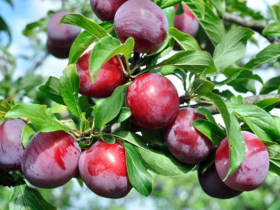

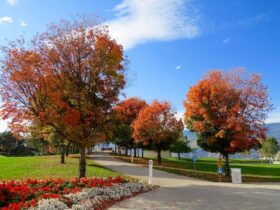
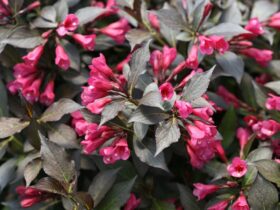
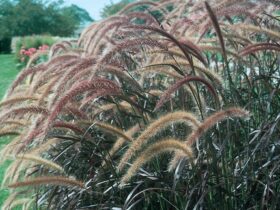
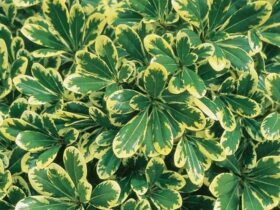

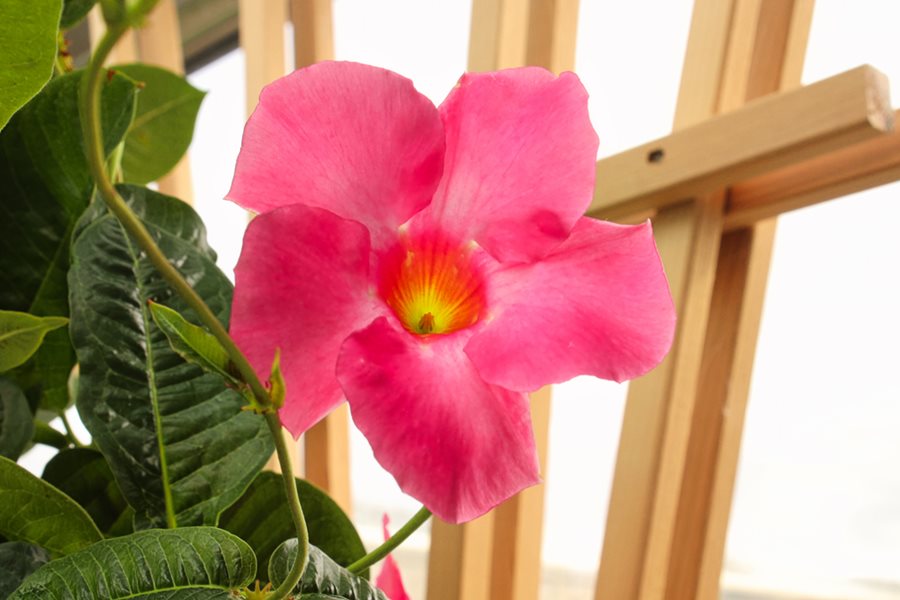


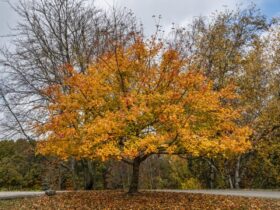
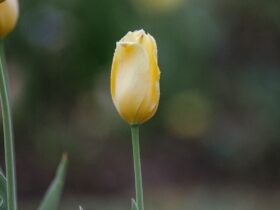
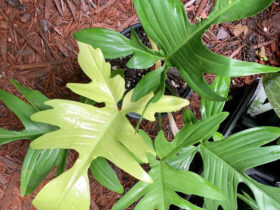
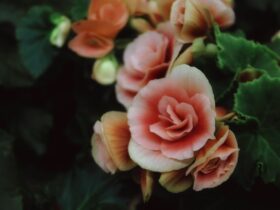
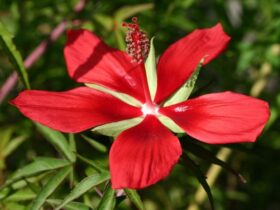
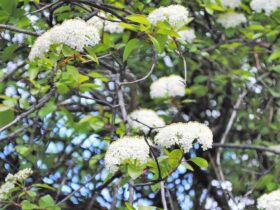
Leave a Reply